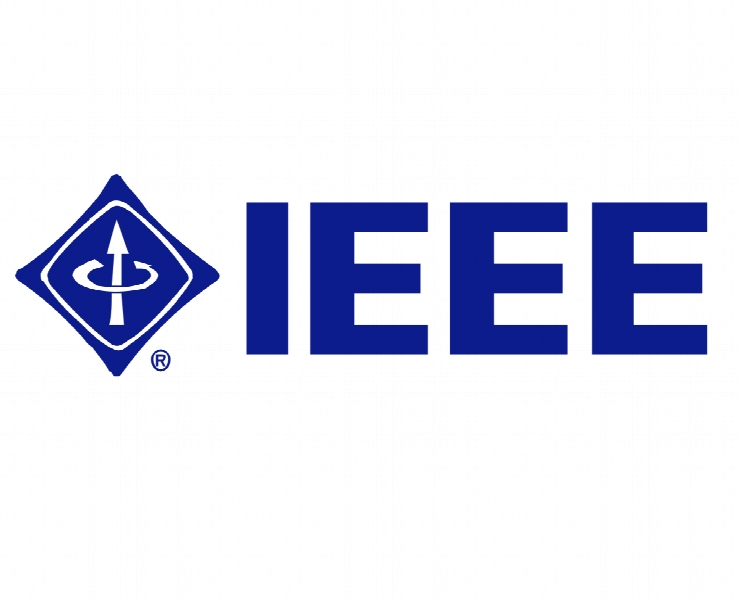انتشار اطلاعات در رسانه های اجتماعی در بلایای طبیعی Information Diffusion on Social Media During Natural Disasters
- نوع فایل : کتاب
- زبان : انگلیسی
- ناشر : IEEE
- چاپ و سال / کشور: 2018
توضیحات
رشته های مرتبط فناوری اطلاعات
گرایش های مرتبط اینترنت و شبکه های گسترده
مجله یافته ها در زمینه در سیستم های اجتماعی محاسباتی – Transactions on Computational Social Systems
دانشگاه Guangxi Key Laboratory of Trusted Software – Guilin University of Electronic Technology – China
منتشر شده در نشریه IEEE
کلمات کلیدی واکنش اضطراری، رفتار جمعی آنلاین، Sina-Weibo، تجزیه و تحلیل شبکه اجتماعی
گرایش های مرتبط اینترنت و شبکه های گسترده
مجله یافته ها در زمینه در سیستم های اجتماعی محاسباتی – Transactions on Computational Social Systems
دانشگاه Guangxi Key Laboratory of Trusted Software – Guilin University of Electronic Technology – China
منتشر شده در نشریه IEEE
کلمات کلیدی واکنش اضطراری، رفتار جمعی آنلاین، Sina-Weibo، تجزیه و تحلیل شبکه اجتماعی
Description
I. INTRODUCTION THE 2009 DARPA Red Balloon Challenge offered the Internet and social networking a chance to demonstrate their vast potential to solve a distributed, time-critical, highly distributed public problem [1], [2]. And the modern social network study has inferred much new quantitative knowledge about human activity patterns, such as influencer’s identifi- cation [2]–[5], the network topology measurement [6], [7], trust analysis [8]–[10], social hot spot-tracing [11]–[13], and the dynamics of information spread [14]–[16]. However, many applications, from pandemic prediction to earthquake response, require an understanding of how these patterns change when human encounter unfamiliar conditions [17], [18]. Especially for China, who suffered from frequent natural disasters, the understanding of how the behaviors of hundreds of millions of Web users change is very important. The empirical study of the human flesh search (HFS) [19], [20], for one, provided quantitative insights into these collective responses of Web users in China. Inspired by previous research on Web users collective responses, we choose two empirical cases in China-Yi’liang (2012) and Ya’an earthquakes (2013). What makes it additionally useful is that many densely populated areas in mainland China, such as Sichuan, Fujian, and so on, are frequent earthquake areas and often suffered severe damage from earthquakes. At present for earthquake topics, there are two main types of studies: detecting seismic waves and enhancing rescue efforts. The former focuses on how to improve the accuracy of magnitude of earthquake forecasting or issue warnings as early as possible [21]–[24], such as the Did You Feel It system. And the later studies [25]–[27] try to explore ideas to cope with earthquake relief, postearthquake reconstruction, and to improve the mental health status of rescuers. This paper focuses on the latter effort from a social network perspective, with a particular focus on information diffusion and social networking behaviors.


